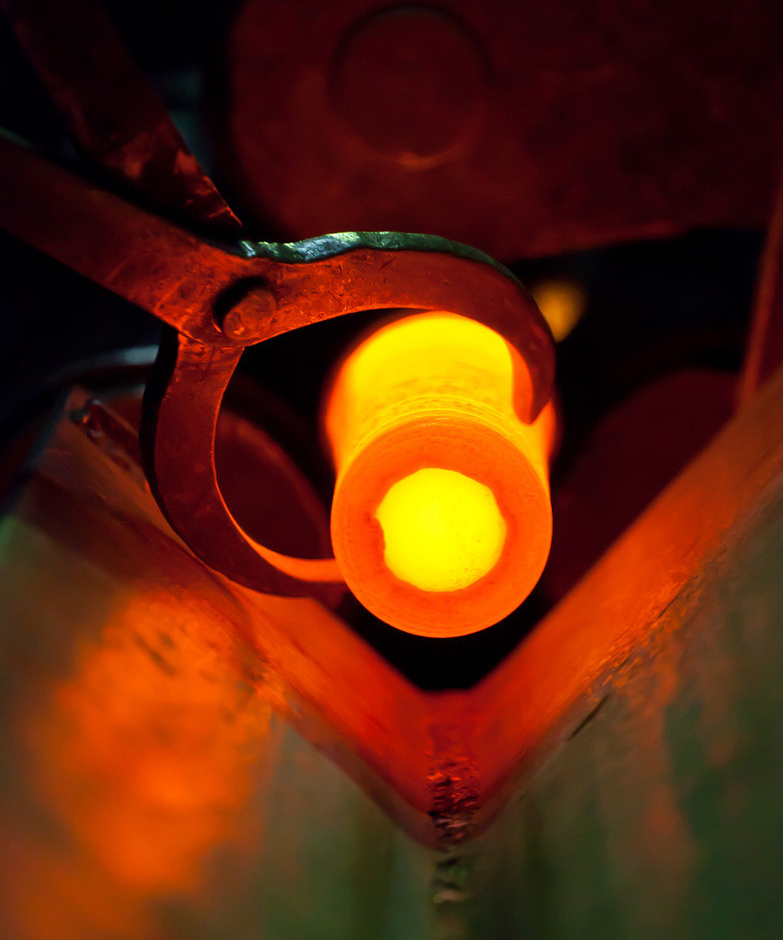Heat Treatment Principles
- Modify the microstructure
- The microstructure of titanium alloy is determined by thermal deformation, with heat treatment serving as a moderator. For instance, heat treatment can only adjust the ratio of α phase and β phase achieved by thermal deformation.However, it cannot transform the flake structure created by overheating into a two-state structure.
- Limited by the composition of alloy phase
- Most near α phase and stable β phase titanium alloys (except Ti-2Cu) cannot be heat-treated, and only α+β phase titanium alloys can.
Control heating temperature and time strictly
When heated above the β transition temperature, the grain size of titanium alloy quickly increases. The α phase nucleates at grain borders and develops into the grain center during subsequent cooling. The β grain size is big following heat treatment in the β area and can be seen with the naked eye in most cases. Furthermore, heat treatment cannot affect the coarsely grained microstructure of titanium alloy.It must be modified by forging deformation. To prevent excessive grain development, the heating temperature and time should be tightly regulated during heating before forging or heat treatment in β zone.
Prevent embrittlement layer
At high temperatures, titanium alloy easily combines with oxygen and nitrogen, generating an oxygen-rich embrittlement layer on the surface. As a result, forgings should normally be heat treated in a micro oxidation environment.For some forgings, such as engine precision forging blades, vacuum heat treatment should be utilized to avoid surface oxidation.
Control hydrogen absorption
At high temperatures, titanium alloy is easily able to absorb hydrogen. Therefore, while heating or undergoing heat treatment prior to forging titanium alloy, electric furnaces should be utilized as much as feasible. Gas from the furnace should be somewhat oxidized if oil or gas furnaces must be utilized. Temperature and duration should be tightly regulated during milling for some essential parts, notably thin-wall forgings, to prevent excessive hydrogen absorption.
Control heating and cooling rates
The heat conductivity of titanium alloy is poor. When cooling following heat treatment, the cooling speed of the thin piece of forging is quicker than that of the thick section, resulting in an uneven microstructure. Because of the considerable sectional temperature differential during the heating and cooling process, titanium alloy forgings may create excessive residual stress in some situations, resulting in workpiece warping deformation. It has happened that a titanium alloy ingot with low ductility cracked due to high internal thermal stress during heating before forging. As a result, it is advised that the ingot or billet be heated in phases to limit thermal stress as much as possible.
